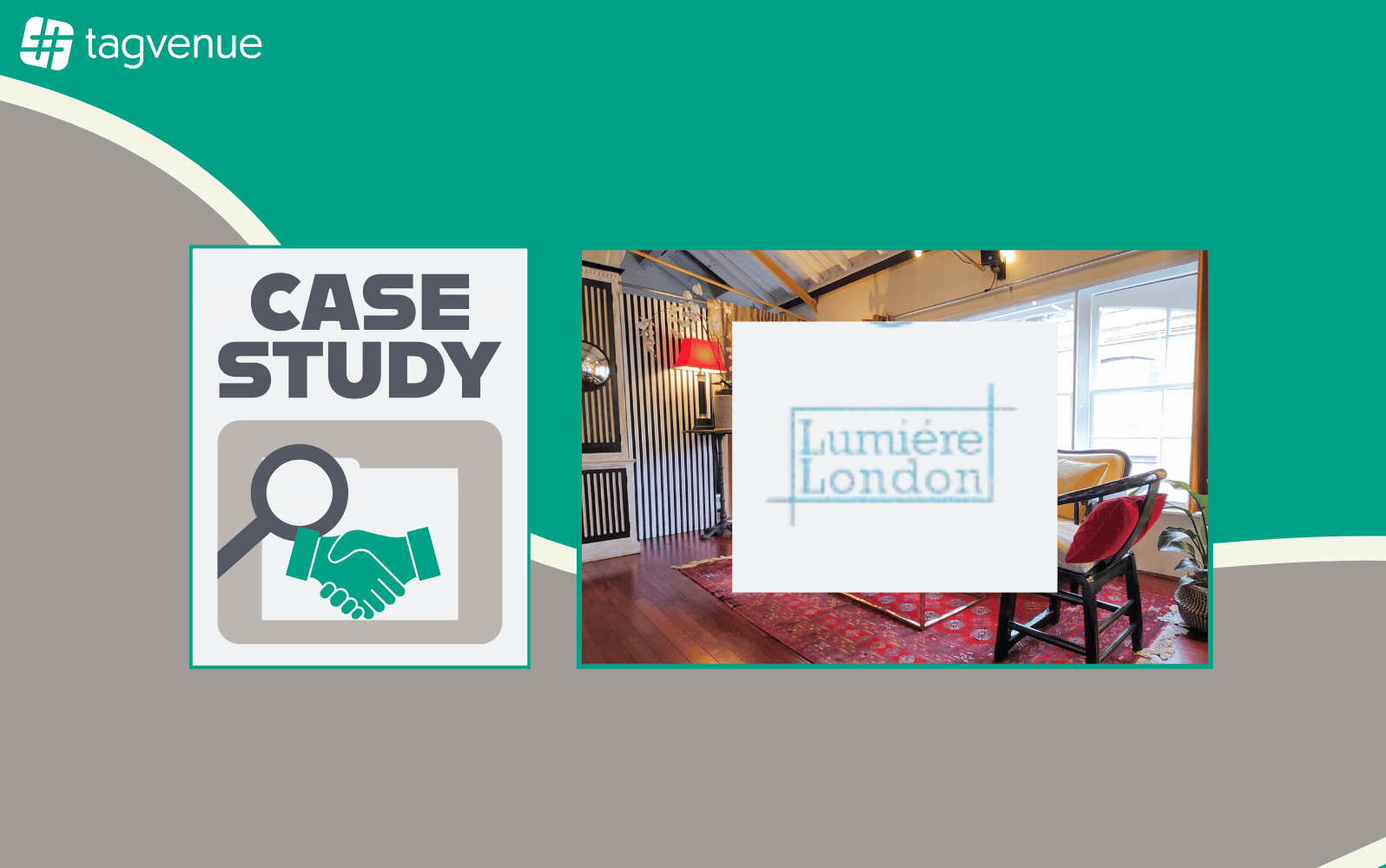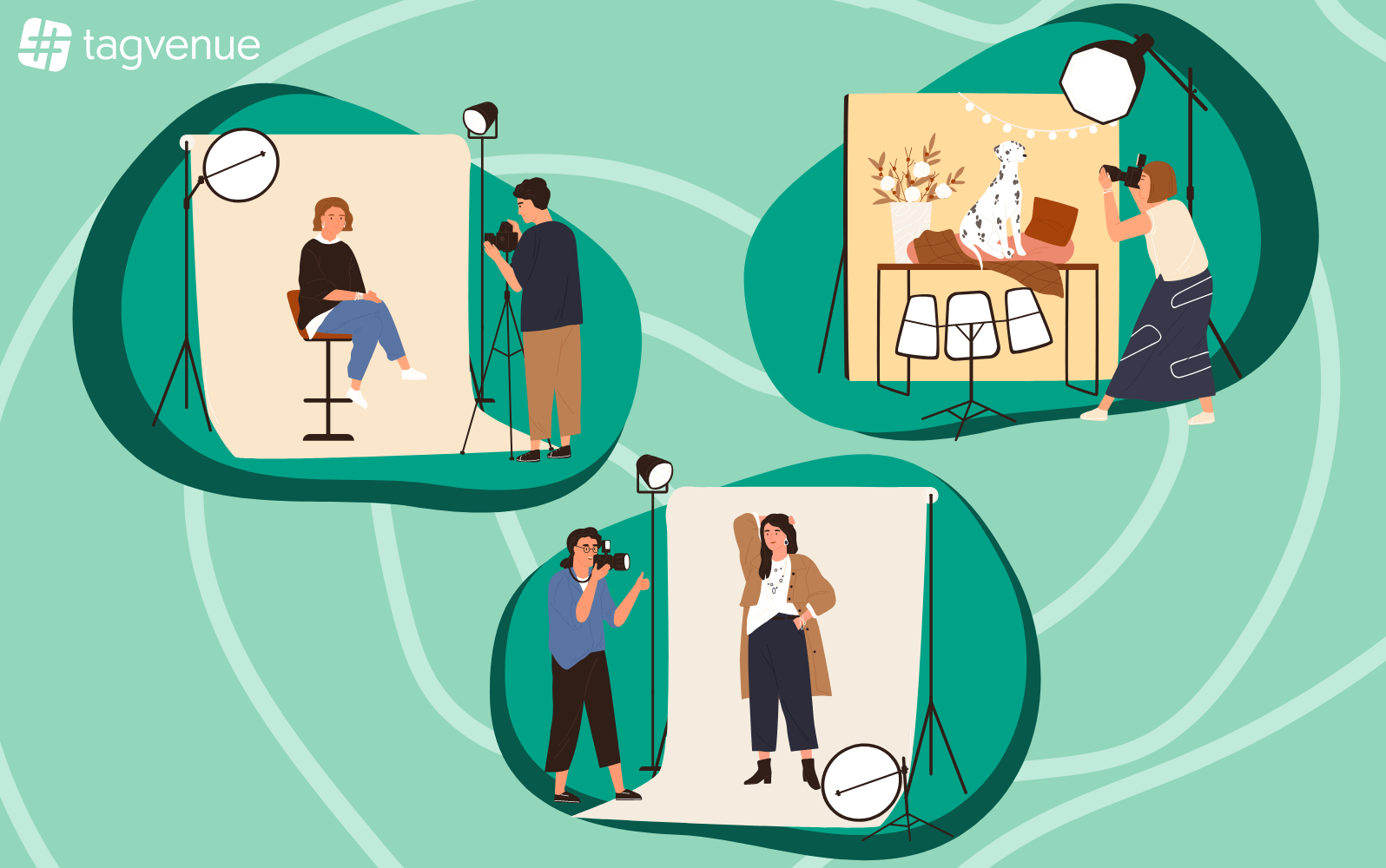Podcasting Production Tips for Beginners
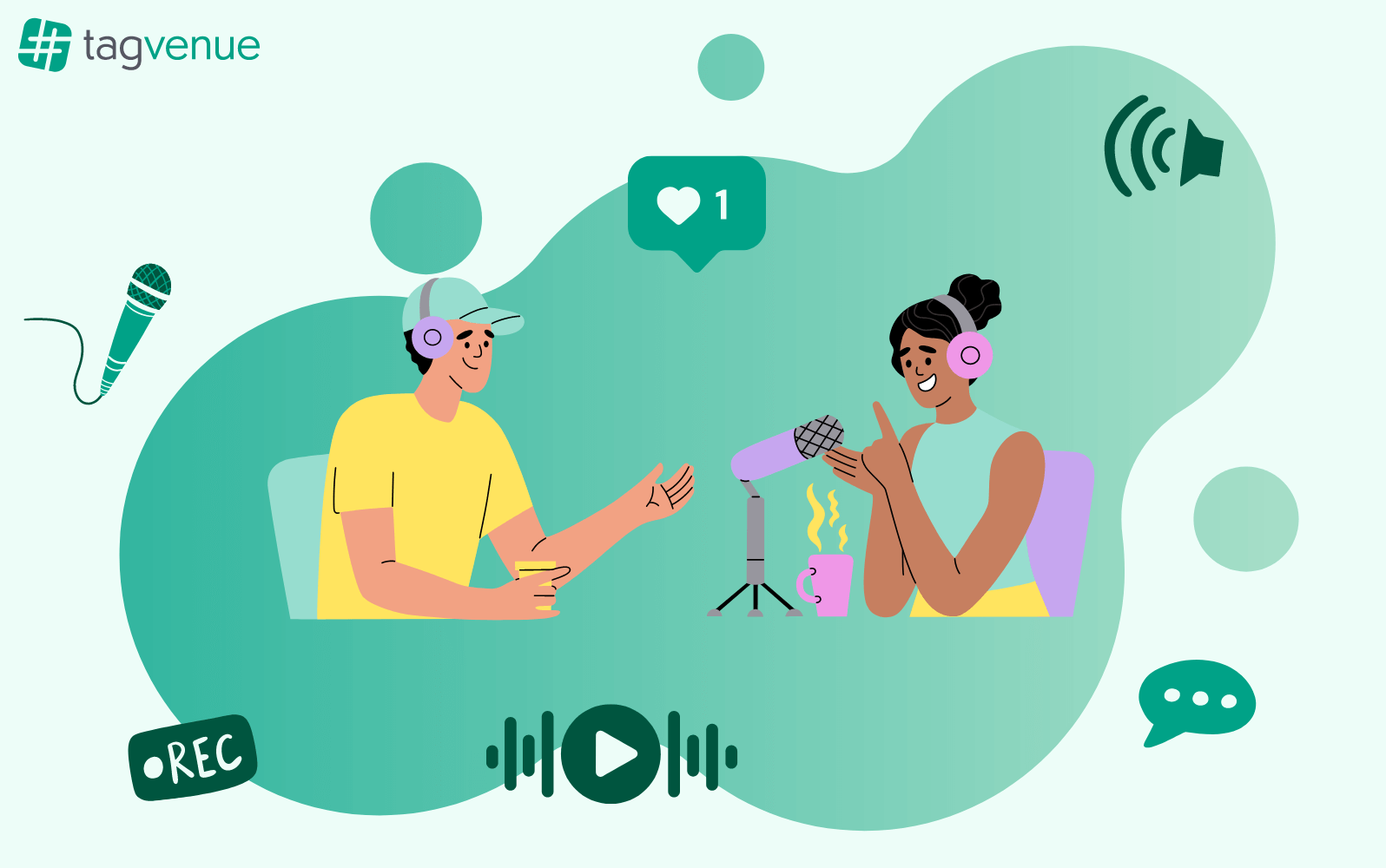
Starting a podcast can be a fun and rewarding experience. Whether you have a passion for a particular topic, are comedians, or want to share your experiences with others, creating a podcast can help you connect with your audience and establish yourself as an expert in your field.
However, it can also be a daunting task, especially if you’re new to podcasting. So here are a few steps you can take to get started on your podcasting journey. Read on for podcasting production tips for beginners.
What is a Podcast?
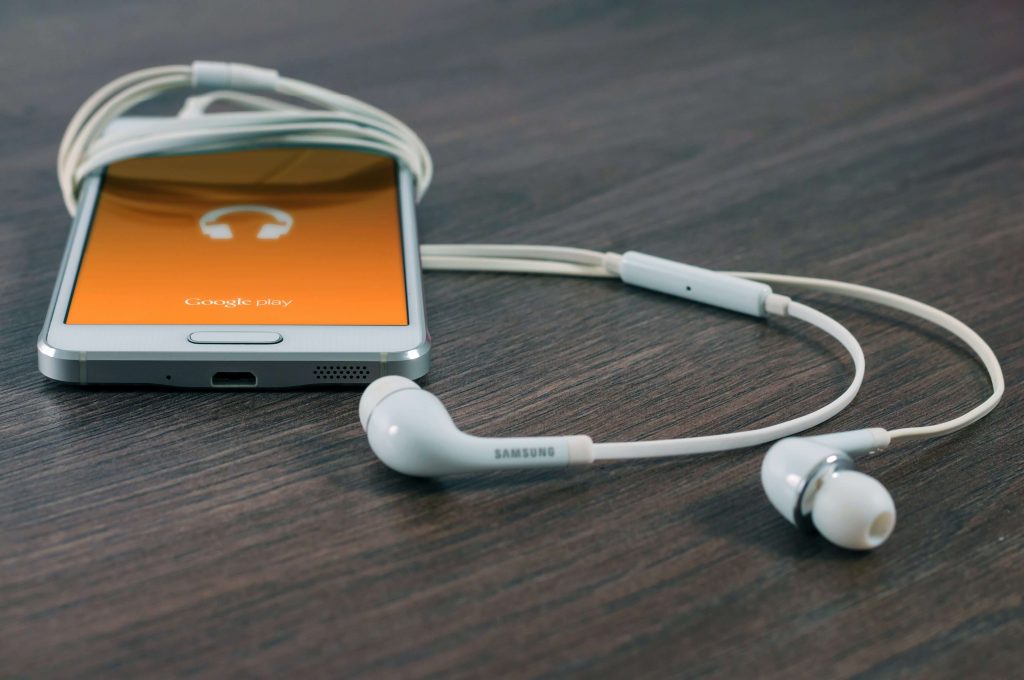
At its core, a podcast is a digital audio file that can be downloaded or streamed from the internet. Podcast episodes can cover a wide range of topics, from news and politics to comedy and pop culture, and can be produced by anyone with a microphone and an internet connection.
How Do I Listen to a Podcast?
There are several ways to listen to a podcast. The most common is through a podcast app, such as Apple Podcasts, Spotify, or Google Podcasts. These apps allow you to search for and subscribe to podcasts, download episodes, and even adjust the playback speed to fit your preferences and lifestyle.
How Do I Start a Podcast?
If you have an interest in a topic and want to contribute to the conversation, then podcasting is for you. This is one of the most effective ways to have your voice be heard in a format that is easy and accessible for most people. Here are a few tips to help you get started:
Step 1: Choose a Topic
The first step in starting a podcast is to choose a topic. Consider what you’re passionate about and what you’re knowledgeable in. Choose a topic that you can speak about for a long period of time, as podcasts generally run anywhere from 20 minutes to an hour. Additionally, you want to choose a topic that is unique and interesting to your audience. Do some research to see what podcasts already exist in your area of interest and try to find a unique angle or perspective.
Step 2: Decide on a Format
Once you’ve chosen a topic, you’ll need to decide on a format for your podcast. This will depend on the type of content you want to produce and your personal preference. There are a few different formats you can choose from:
- Solo podcast: This format involves just one person speaking about the topic. It’s a good choice if you’re an expert in your field and can speak confidently for a long period of time.
- Co-hosted podcast: This format involves two or more hosts discussing the topic together. It’s a good choice if you want to have a conversation and bounce ideas off each other.
- Interview podcast: This format involves interviewing guests who are experts in the field or have a unique perspective on the topic. It’s a good choice if you want to bring in different voices and perspectives.
Step 3: Get the Right Equipment
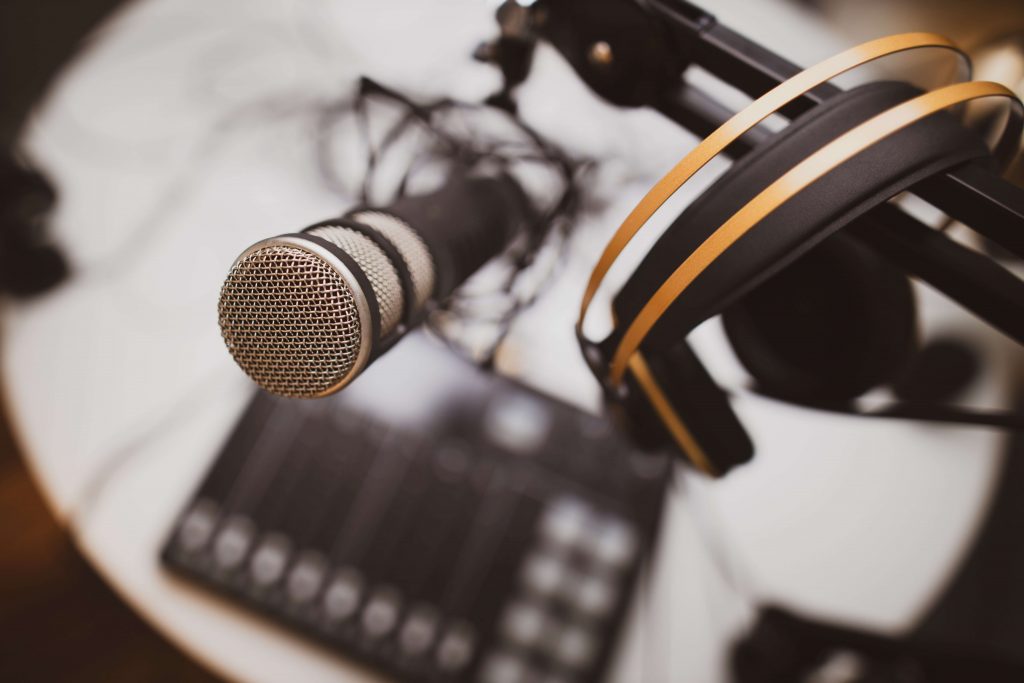
To start a podcast, you’ll need some basic equipment. Here’s a list of what you’ll need:
- Microphone: This is the most important piece of equipment you’ll need. You’ll want to invest in a good quality microphone to ensure that your voice is clear and easy to understand. Some popular options include the Blue Yeti, Audio-Technica ATR2100, and Shure SM7B.
- Headphones: You’ll also need a good pair of headphones to monitor your audio quality and ensure that you’re speaking at the right volume. They will also allow you to pick up on room noise that you would otherwise be unable to hear with the naked ear. Having quality headphones also creates a unique and intimate audio atmosphere that makes the process and feeling of podcasting feel like more of a special occasion than daily conversations.
- Interface: An audio interface is a device that allows you to connect your microphone and headphones to your computer. It converts the analog audio signal from your microphone into a digital signal that can be recorded on your computer. The Focusrite Scarlett 2i2 is an excellent option for beginners. It’s intuitive and offers excellent sound quality with easy gain staging and 2 XLR/ quarter inch inputs. It also comes with a range of software that can help you get started with your podcast.
- Recording software: There are many different recording software options available, but some popular choices include Audacity, GarageBand (for Mac users), and Adobe Audition. You don’t need anything too fancy to edit podcasts, so unless you already have a program like Logic Pro, go for a DAW that is free or comes pre-installed on your computer.
Pop filter: A pop filter is a small screen that goes over your microphone to reduce popping sounds when you speak. It’s a good idea to invest in one to improve the sound quality of your podcast.
Step 4: Create a Plan
Before you start recording, it’s a good idea to create a plan for your podcast. This will help you stay organised and ensure that you’re delivering quality content to your audience. Here are a few things to consider when creating your plan:
- Outline: If you are dealing with complicated topics, be sure to create an outline for your podcast. Having shownotes is one of the best ways to ensure that your podcast will flow and be easy to listen to. It will also help you avoid awkward silences, dead air, or misinformation.
- Episode length: Establish how long you want each episode to be and stick with it. Consistency will increase the production value and marketability of your podcast.
- Scheduling episodes: Establish whether or not you are going to release episodes weekly, biweekly, monthly, etc. so your listeners will know what to expect each and every week.
Step 5: Record and Edit Your Podcast
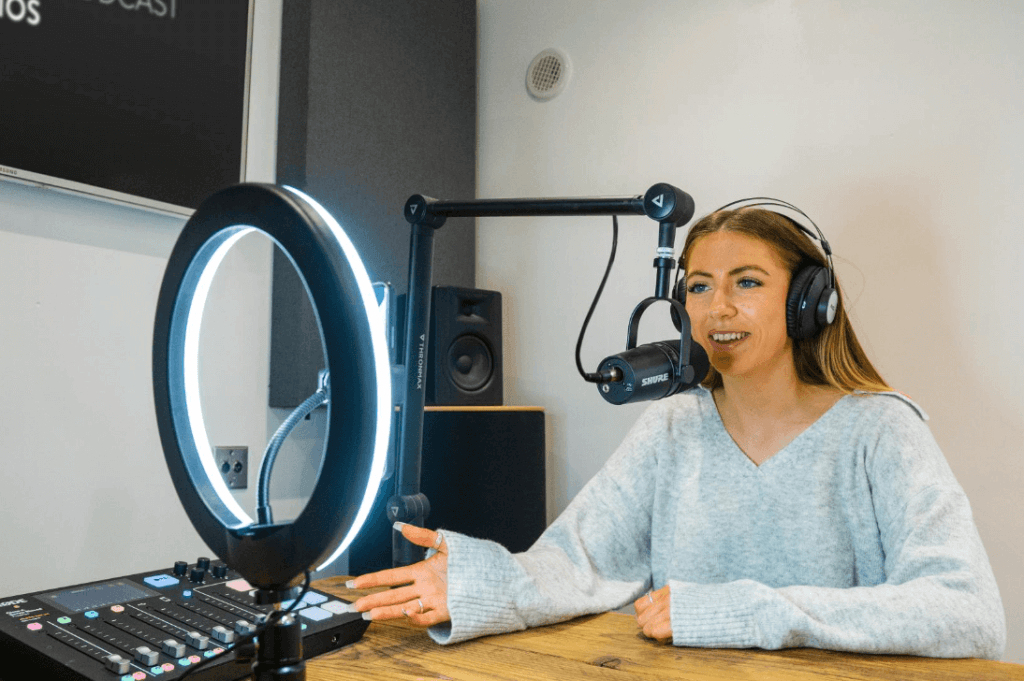
Once you have your plan in place and your equipment set up, it’s time to start recording your podcast. Here are a few tips to keep in mind:
- Speak clearly and at a consistent volume. It is best to take your time and stay calm, as podcasting can be a bit awkward at first.
- Edit your podcast to remove any mistakes or dead air. You can also add music, sound effects, or other elements in post production. (Just be careful about using copyrighted content.)
- Open source software like Audacity will make editing your podcast easy. The fact that it is free certainly helps as well!
Step 6: Distribution
Now that everything is all recorded and edited, it is time to distribute the podcast to the world. Sites like Distrokid make getting your podcast on popular platforms like Apple Podcasts, Spotify, and Google Podcasts a breeze. All you need to do is make an account and upload and you are good to go. If your podcast contains a video element, then Youtube is the perfect place for it.
Social media presence is also hugely important to getting your podcast off the ground. You should be posting frequently with relevant content and also keep up to date with current trends, no matter the subject.
Even though your podcast is all about what you say rather than what you show, don’t forget to work on your logo and the overall design of your channel. If you’re going to promote your podcast on different platforms, stay consistent with your design, so they all match up and work together.
Final Notes
Podcasting isn’t rocket science but it’s not so easy getting started out either. All you need is a voice, the gear, a plan, and an editing software to make a professional and informative podcast. Although starting a new podcast does seem like a lot of work and getting an audience even more so, with enough dedication and hard work, you’d be surprised how quickly a podcast can start climbing the charts.
FAQ
How do I build an audience for my podcast?
To build an audience for your podcast, you’ll need to promote it on social media, blogs, and other platforms. You may also want to consider collaborating with other podcasters or participating in online communities to get the word out about your show.
How often should I release new podcast episodes?
The frequency with which you release your podcast episodes will depend on your topic and format, as well as your production schedule and resources. Some podcasters release episodes weekly, while others issue them biweekly or monthly.
How long should my podcast episodes be?
The length of your podcast episodes will depend on your topic and format, as well as your audience’s attention span. Some podcasts are as short as 5 minutes, while others can last for hours.
How do I monetise my podcast?
There are many ways to monetise your podcast, including sponsorships, merchandise sales, and listener donations. You’ll need to build a large and engaged audience to make significant revenue, but many podcasters do find success in these areas.
